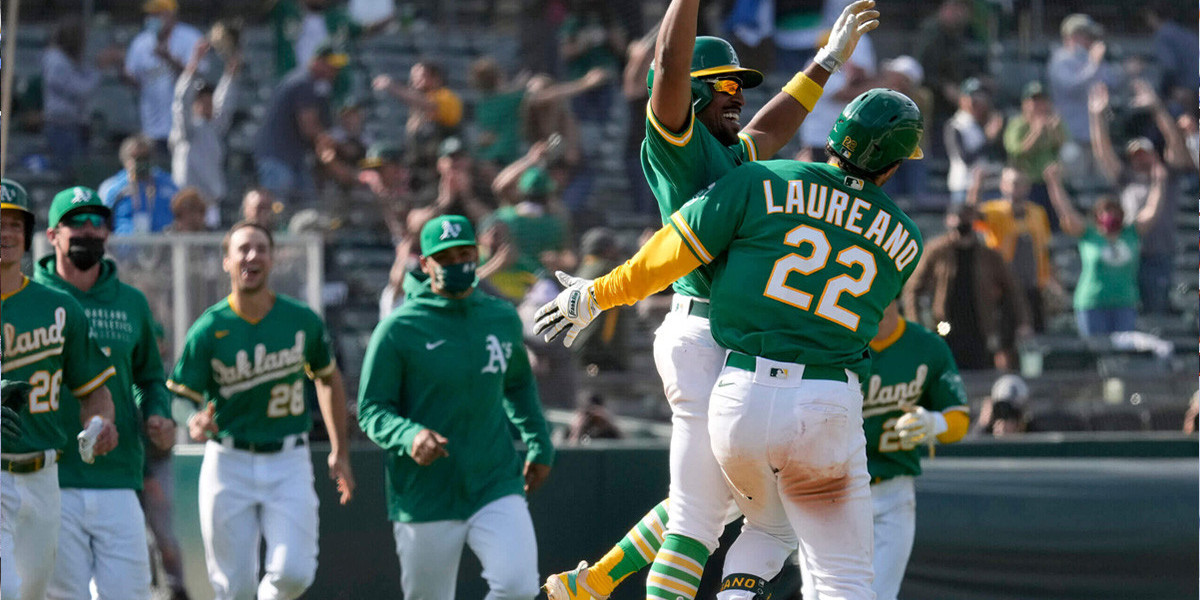The concept of photographic memory — the ability to remember visual information with incredible precision and detail — has captivated the human imagination for centuries. The term itself evokes images of individuals who can recall pages of text or entire landscapes merely by glancing at them. But is photographic memory a genuine phenomenon, or is it simply a myth? In this article, we explore the scientific underpinnings of photographic memory, its existence, theories surrounding it, and the implications for memory research and cognitive science.
Understanding Photographic Memory
Photographic memory, also referred to as eidetic memory, is often described as the ability to retain and reproduce images created by the mind with extreme accuracy. Individuals purported to possess this ability reportedly can recall intricate details from a scene or an image after only viewing it for a brief moment. The terminology is also frequently conflated with terms like "eidetic imagery," which refers to the ability to vividly recall visual images in great detail, but with key differences.
Eidetic memory occurs mostly in children, and researchers have observed that while some children exhibit excellent recall of images or texts, this ability tends to diminish with age. This highlights the possibility that photographic memory might not be a fixed trait but rather a developmental phase influenced by environmental and cognitive factors.
The Scientific Examination of Memory
Before delving deeper into photographic memory, it is essential to understand the intricacies of human memory itself. Memory is divided into several categories:
- Sensory Memory: This is the brief retention of sensory information. Visual sensory memory, Genius Wave Program known as iconic memory, lasts only a fraction of a second.
- Short-term Memory (STM): Also called working memory, this system retains information for more extended periods but with a limited capacity, typically around seven items, plus or minus two.
- Long-term Memory (LTM): This form of memory stores vast amounts of information over extended periods, ranging from days to decades. Long-term memories can be explicit (conscious recall of facts or events) or implicit (unconscious skills and habits).
The Riddle of Photographic Memory
The scientific consensus on photographic memory is complex, as researchers have struggled to define and identify it clearly. The difficulty lies in differentiating true photographic memory from other memory techniques or extraordinary recall abilities.
In 1971, psychologist Elizabeth Loftus and her colleagues conducted a series of studies to explore the reliability of memory. They found that while the human brain is capable of vivid recall, it is subject to distortions and errors, leading to "false memories." Such findings cast doubt on the accuracy of claims surrounding photographic memory, implying that what may seem like perfect recall could, in fact, be a reconstruction influenced by external information, expectations, or suggestions.
Evidence and Anecdotes
Historically, anecdotal claims abound of individuals with extraordinary visual memory abilities. Famous figures such as Kim Peek, the inspiration for the film "Rain Man," exhibited exceptional memory capabilities, although Peek had a developmental disability known as savant syndrome. His ability to memorize books and recall facts astonishingly does not fit neatly into the framework of photographic memory.
Nonetheless, such cases raise questions: Can we categorize individuals with prodigious memory skills into a single phenomenon, or are they simply outliers with specialized cognitive functioning? Current research projects continue to scrutinize these abilities to create deeper insights into how memory works.
The Role of Memory Techniques
While photographic memory remains a debated topic, various mnemonic techniques can significantly enhance memory performance. Techniques such as the method of loci, chunking, and spaced repetition leverage the natural mechanisms of memory to improve recall. They highlight the importance of practice and training in achieving extraordinary memory feats.
For instance, the method of loci involves associating information with physical locations in an imaginary space, effectively utilizing spatial memory. In contrast, chunking breaks information into smaller, easily manageable units. These techniques show that anyone willing to invest time and effort can enhance their memory capabilities beyond natural limits.
The Cognitive Science Perspective
To delve deeper into the concept of photographic memory, it is essential to explore cognitive neuroscience's advancements over the past few decades. Imaging techniques, such as functional magnetic resonance imaging (fMRI), allow researchers to investigate how the brain responds during memory tasks.
Studies have shown that brain regions, Genius Wave Program such as the hippocampus and the neocortex, are highly involved in memory formation and retrieval. Differences in brain activity patterns may explain why some individuals exhibit superior memory performance compared to others.
Moreover, neural plasticity — the brain's ability to reorganize itself by forming new neural connections throughout life — suggests that enhanced memory skills can be developed through training. While photographic memory may not be a fixed trait, individuals can expand their memory capabilities with the right techniques and tools.
The Nature of Memory’s Reliability
It's crucial to distinguish between the fallibility of human memory and the concept of photographic memory. While some may believe that photographing memory leads to infallibility in recall, countless studies illustrate how memories can be influenced by context, emotion, and suggestions.
Research has shown that eyewitness testimony, often considered reliable in criminal investigations, may be subject to significant errors. Participants in memory experiments have been found to misremember details based on leading questions or post-event information. This fluidity of memory reinforces the idea that even the most vivid recollections can be misleading, further questioning claims of photographic memory.
Current Research and Insights
As research continues to unravel the complexities of memory, neuroscientists and cognitive psychologists are beginning to form more nuanced understandings of how memory operates. While photographic memory is yet to receive significant empirical validation, Dr. James Rivers Genius Wave excessive memory recall can often be observed in individuals with specific cognitive gifts.

Efforts by researchers to categorize memory performance into various domains illustrate a promising path to understanding why specific individuals excel in visual memory while others do not. Research initiatives exploring neural efficiency and information processing speeds may provide critical insights into variants in memory types over the coming years.
Conclusion: The Path Ahead
In conclusion, the debate surrounding photographic memory exemplifies the intricacies of human cognition and sheds light on the broader understanding of memory itself. While anecdotal evidence and individual claims suggest that some possess extraordinary recall abilities, science remains cautious in outright validating photographic memory as a distinct cognitive phenomenon.
Current research emphasizes the significance of training, practice, and techniques in optimizing memory potential, encouraging curiosity and exploration in cognitive abilities. As the scientific foundation of memory theory continues to evolve, the quest to demystify memory remains an exciting endeavor, bridging the realms of neuroscience and psychological exploration.
The idea of photographic memory may straddle the line between myth and reality, embodying the extraordinary capabilities of the human brain while reminding us of its inherent limitations. The pursuit of unlocking the mind's full potential invites researchers and memory enthusiasts alike to delve further into the extraordinary capabilities of human cognition.
With ongoing advancements in science and technology, we move closer to understanding the remarkable intricacies of memory, allowing us to appreciate both our limitations and the sensational heights to which memory can ascend. The exploration of this captivating domain will certainly continue to provoke intrigue and scientific inquiry for years to come.







